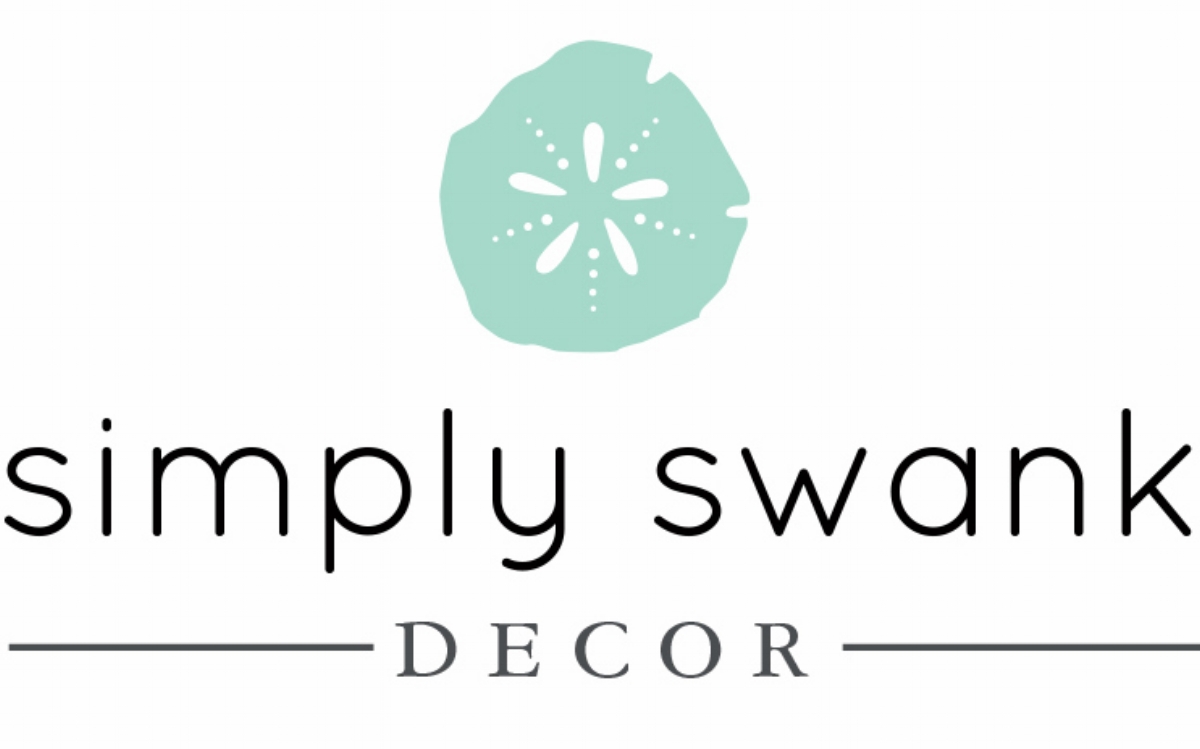I hope this finds you all well! This week I want to talk about lighting, another element of home decor that can be confusing and frustrating. Like many aspects of design and decor, there are “rules of thumb” with respect to lighting to ensure rooms are comfortable and functional. Each room in your home has different lighting requirements but this week I am going to focus on living rooms. The following are considerations to guide you to ensure you create a comfortable, well lit room.
1. How much natural lighting does the room get?
The amount of natural light a room gets depends on the direction the windows face as well as the time of day and time of year. Knowing how much natural light your room gets during the various times of day and year will help you plan lighting requirements and match them with how and when you use the room.
2. How many levels of lighting do rooms need?
Every room requires different levels or layers and types of lighting depending on their use. Living rooms require 3 levels of lighting:
ceiling lights for overall ambience and atmosphere (pot lights work well for this)
task lighting directed at specific ‘activity’ zones (table lamps, wall sconce lamps)
accent lights to highlight a specific object or architectural feature and soften the space
This room has all 3 levels of lighting beautifully incorporated into its design. Photo Credit: Im3rdMedia
Some living rooms are suited to centrally placed light such as a large pendant light or chandelier. However, others are more suited to pot lights which can be located in the corners of the room or several place along opposite sides of the ceiling.
Task lighting in a living room is typically provided by table or floor lamps. I often see table lamps that are too short or placed on occasional tables that are too low so that it is difficult to see properly when reading, etc. Be sure to select table lamps that are tall enough to provide light coming down over your shoulder and illuminating your activity.
This floor lamp is perfect for task lighting. Photo Credit: Michael Oxendine
Accent lights are perfect for highlighting a piece of art work or an interesting architectural feature. Small track lights are perfect for this as the lights can be adjusted to the perfect angle to ensure the item or feature is beautifully highlighted.
3. What colour of light bulb should you use?
Light bulbs come in a number of different colours or what is referred to as colour temperature which is actually expressed on the packaging as Kelvins. The amount of illumination a light bulb will provide is noted as watts or lumens. However, many of us buy the first bulb our hand touches, the ones on sale or the first one we come across in the home improvement or grocery store. But check the next time you buy some to ensure you are contributing the desired look and feel of your room. For living rooms, the best colour is a soft or warm white (2700-3000 Kelvins)
If you are struggling to perform tasks in the various rooms in your home or don’t like the appearance and ambience of the space, swapping out the light bulbs is a simple and quick way to improve the look, feel and comfort in your spaces.
I hope this tips help when planning for and purchasing lighting for your living room and help create a comfortable, relaxing space that you enjoy spending time in!
For more tips, ideas and inspiration, follow Simply Swank Decor on:
Facebook (https://www.facebook.com/simplyswankhomedecor/)
Pinterest (https://www.pinterest.ca/simplyswankdeco/)
Instagram (https://www.instagram.com/simplyswankdecor/)


